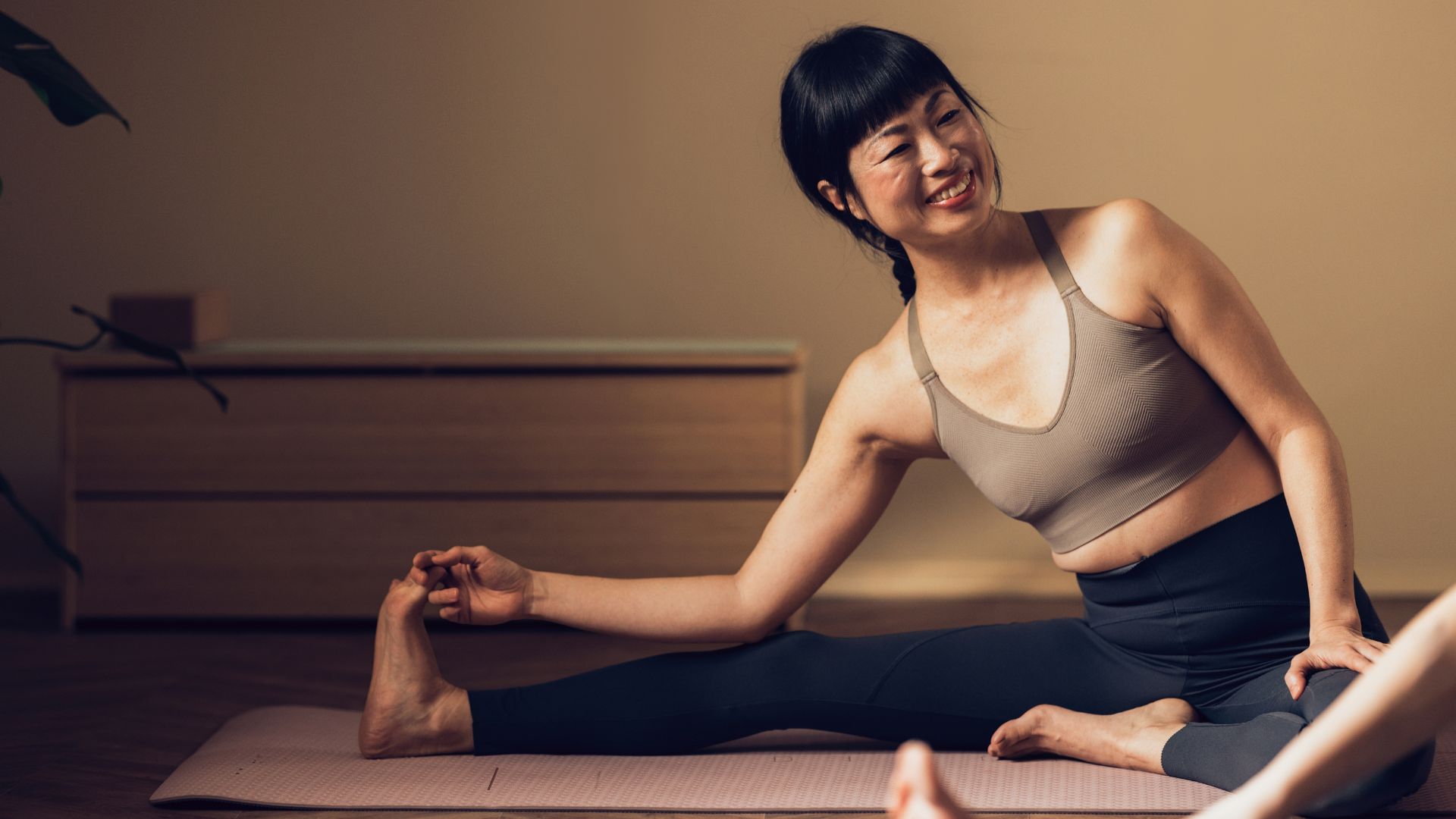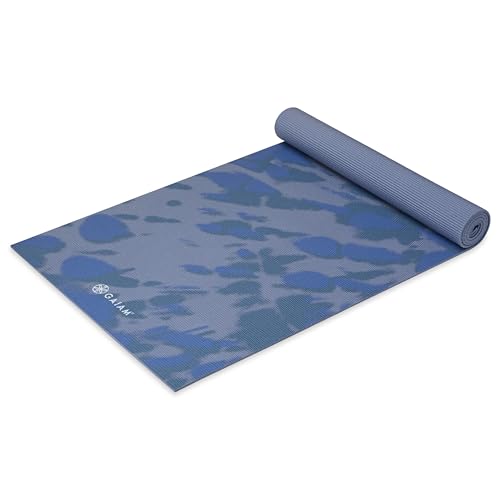
I'm a fan of home workouts, and there are very few exercises I've not tried, so you shouldn't take it lightly when I say that leg raises are among my favourite plank alternatives.
Good core strength has become a priority for me in recent years. I've had to work harder for it after having children, and with perimenopause on the horizon, it's more important to me than ever for healthy ageing. A quick poll of my friends told me I'm not alone in this thinking.
While it's true that a plank is one of the top core exercises to do at home, it doesn't hurt to have an alternative that works just as hard but feels a little easier. For me, leg raises are the ideal exercise to target the core muscles, hip flexors, and boost full-body stability.
What are leg raises?
Leg raises are a classic core-strengthening move. You lift your legs (either one at a time or both together) away from the floor while keeping your torso still, explains Rebecca Dadoun, the founder of Pilates Prescription.
"They target the lower abdominals, hip flexors, and deepen core control and build spinal ability, when done well," she says.
The leg raises exercises are done slowly and with control (rather than with momentum) to make sure your core and hips are doing the hard work.
While the movement is traditionally done with both legs, if you're new to core exercises and need to build strength first, you could start with single-leg raises. This is the same exercise, just using one leg instead of two.
Sign up to our free daily email for the latest royal and entertainment news, interesting opinion, expert advice on styling and beauty trends, and no-nonsense guides to the health and wellness questions you want answered.
How to do leg raises
You can do leg raises on a reformer Pilates bed, as shown here by Rebecca Dadoun, or you can use a yoga mat on the floor.
- Lie flat on your back on your mat with your legs extended and arms by your sides.
- Press your lower back into the floor to eliminate any gap, and bring your shoulders off the mat, putting your hands behind your head for comfort if needed. This ensures that your core is engaged and reduces strain on the lower back.
- Keeping your legs straight and together, slowly lift them towards the ceiling until they form a 90-degree angle with your torso.
- Lower your legs back down slowly for three seconds (or longer) until they are just above the floor, maintaining tension in your core throughout.
- Repeat 10 times, ensuring controlled movement and consistent core engagement.
If you want to make your abs work harder, you can bring your legs closer to the mat and hold them there for a couple of counts before raising them again.
What are the benefits of leg raises?
- Improves core strength: Leg raises are often included in Pilates abs workouts as they “help strengthen your core, especially the deep muscles that support your posture and balance", says Dadoun.
- Strengthens your back: Leg raises “improve how well you can control your pelvis and keep your spine stable, which can help reduce back pain and prevent injuries,” says Dadoun.
- Supports hip mobility: This exercise helps your hips move more freely while also building strength to keep them stable and supported.
- Calms your nervous system: Dadoun says this is an added benefit if you stay focused and steady your breathing.
- Real life will feel easier: Activities like walking, running, climbing stairs, carrying shopping or lifting things will feel easier with a strong core, says Laura Blease, a strength and conditioning specialist at Ultimate Performance.
- Lower abdominals are targeted: This exercise effectively strengthens the lower abdominal muscles, which can be hard to work with regular crunches or sit-ups.
- You can adapt them easily: Blease loves that leg raises suit all abilities and can be performed lying down and with added resistance if desired.
How to make leg raises harder
Once you’ve mastered the straight leg raise, you can experiment with ways to make it more intense. This might be by adding ankle weights or holding a small medicine ball between your feet to add extra resistance.
Blease also suggests lifting the legs closer towards your body if you can. This will "engage the lower abdominals into a slight posterior pelvic tilt, sometimes called a ‘reverse crunch finish’," she says. This will challenge your deeper core and lumbar control.
You could also try the following alternatives to leg raises:
Hanging leg raise
In the hanging leg raise, you use your upper body strength to hang from the bar, lifting your legs straight out in front of you, slowly and with control.
As the name suggests, this variation removes the floor support in your leg raises exercise, forcing you to work against gravity. Doing so activates your back muscles and forces you to develop better grip strength as you support your body weight from an overhead bar or pull-up bar, at home or in the gym.
Side lying leg raise
Leg raises on your side will work your core and your glutes, while also improving the range of motion in your hips.
Lie on one side with your legs extended and feet stacked on top of each other. Raise your top leg as far as is comfortable without straining your lower back. Lower it back down to lie on top of the other leg.
Repeat 10-12 times before switching legs. If this feels easy, you can always try doing these while in a side plank position.
Weighted leg raise
“Adding ankle weights or squeezing a small medicine ball between the feet introduces resistance, increasing the load on the rectus abdominis and hip flexors," says Blease.
You could also hold a dumbbell between your feet, and putting a foam roller under your pelvis will challenge your stability and make the move harder, says Dadoun.
Why can’t I keep my legs straight doing leg raises?
Some days, I work out and my leg raises feel more difficult than usual, which can be frustrating. This could be caused by tight hamstrings or weak hip flexors, says Blease. “Tight hamstrings limit the range of motion, making it challenging to extend the legs fully," she explains.
If I’ve been sitting down for hours during the day, leg raises often feel harder to do well in my evening workout, which I think must be down to tight hips.
Solutions include incorporating hamstring stretches and hip flexor exercises, such as seated leg lifts or resistance band exercises.
As with all types of exercise, start off with what feels comfortable and when you’ve mastered that, you can move on to a more advanced form.

The Gaiam Premium Yoga Mat (6mm) is our pick of the best thick yoga mats. The extra millimetres offer a little more support for your lower back when you're doing a full-body Pilates workout or leg raises.

Kat Storr has been a digital journalist for over 15 years after starting her career at Sky News, where she covered everything from world events to royal babies and celebrity deaths. After going freelance eight years ago, she now focuses on women's health and fitness content, writing across a range of UK publications.
From perimenopause to the latest fitness trends, Kat loves researching and writing about it all. She's happy to give any fitness challenge a go and speaks to experts about wellbeing issues affecting people every day.


